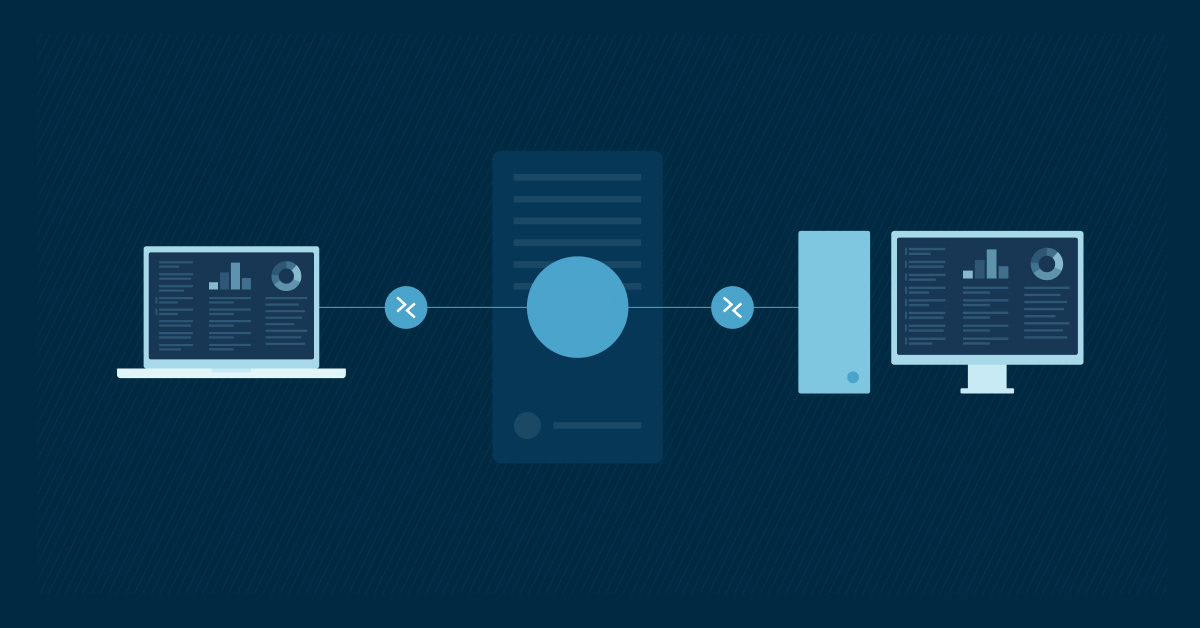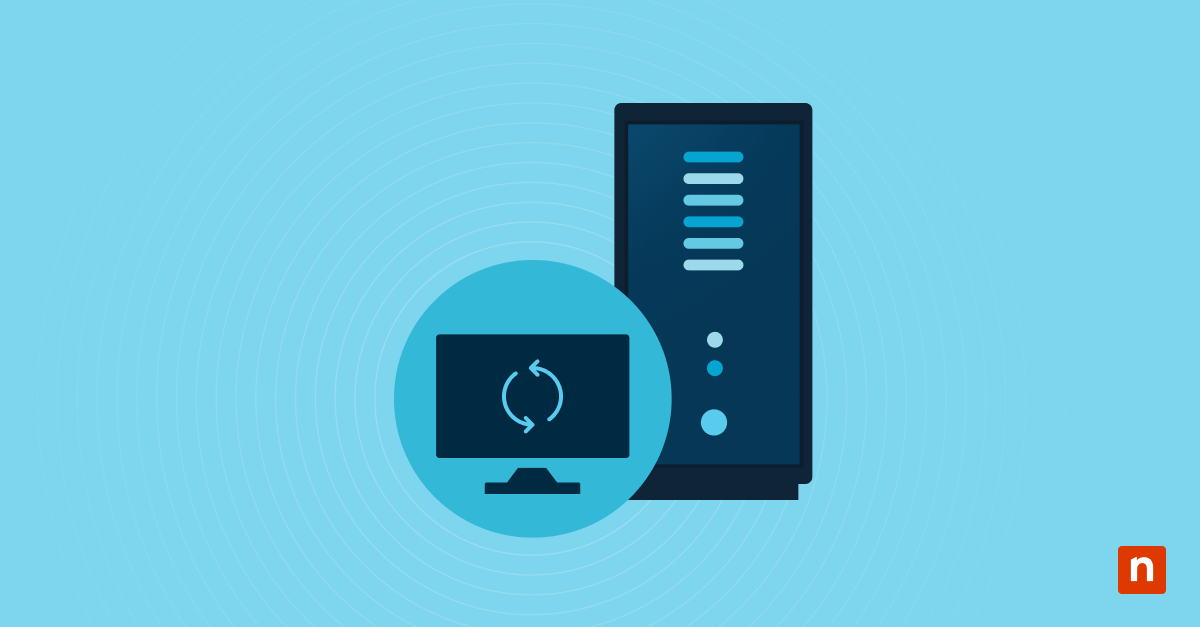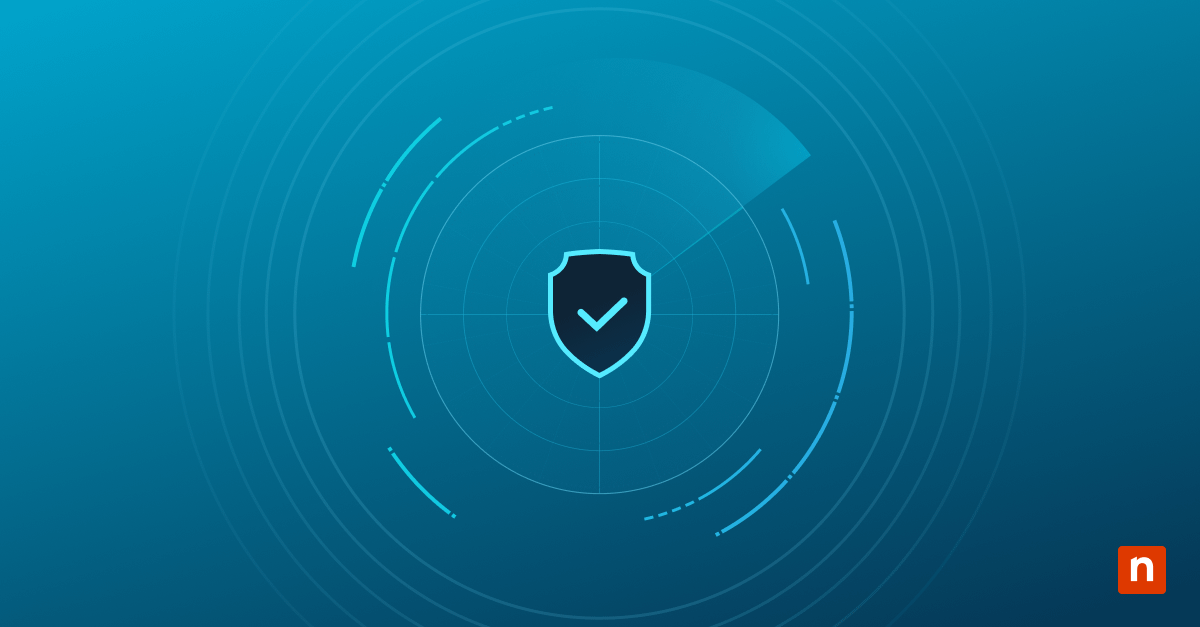Starting with Windows 11 build 22621.2361 (August 2023 or later), Microsoft added a native option to display the battery percentage directly in the system tray on supported devices. This small change improves power visibility for users by allowing them to monitor battery levels at a glance.
While useful, this feature may not be necessary in shared, public, or kiosk environments where a cleaner, standardized interface is preferred. In such cases, disabling the battery percentage can help maintain visual consistency across deployments.
This guide will show you how to show battery percentage on a laptop’s taskbar in Windows 11, along with important considerations and limitations to be aware of.
How to show or hide the battery percentage on the taskbar in Windows 11
📌 Note: No administrator privileges are required for the user-level toggle.
Method 1: Enable or disable via Settings app (GUI)
📢 Important: The battery percentage toggle is available starting in Windows 11 version 22H2, first introduced in build 22621.2215 (preview release) and officially rolled out in build 22621.2361 (stable release). While supported on battery-powered devices, it may be unavailable or hidden in Windows 11 Enterprise due to group policies, system restrictions, or managed configurations.
Microsoft initially rolled out this feature to Windows Insiders in the Dev Channel, and while it’s now generally available in supported public builds, its rollout may still be staggered. Availability may vary based on Microsoft’s staged deployment process and feedback monitoring.
- Press Win + I to open Settings.
- On the left pane, click System.
- On the right pane, select Power & battery.
Alternatively, you may right-click on the battery icon on the taskbar and select Power and sleep settings to open the Power & battery window.
- Toggle the Battery percentage switch based on your preference.
- On = Show battery percentage on the taskbar
- Off = Hide battery percentage (show icon only)
This change takes effect immediately and doesn’t require a reboot.
Alternate methods: For visibility check
If the first method doesn’t work on your device, there are still several easy ways to view your battery percentage. While these alternatives won’t enable the toggle, they allow you to manually check your battery level using the taskbar or system settings.
Option 1: Hover over the battery icon
The quickest way to check your battery percentage is to hover your mouse over the battery icon in the taskbar. A tooltip will instantly display your current battery level and charging status.

Option 2: Use the Quick Settings panel
You can also access battery information via the Quick Settings panel:
- Click the battery, network, or sound icon group in the lower-right corner of the taskbar, or press Win + A.
- The battery percentage will appear within the panel if you’re on a battery-powered device.
Option 3: Check via the Settings app
You can also view more detailed battery information, including the battery percentage, in the Settings app:
- Press Win + I to open Settings.
- Go to System > Power & battery.
- Your battery percentage is displayed at the top section of the window.
These methods are also helpful if the battery percentage display is disabled but you still want to check the charge level manually.
Group Policy and Registry (currently not available)
As of Windows 11 build 22621.2361, Microsoft has not exposed an official Group Policy or Registry setting to enable or disable the battery percentage toggle. The setting is controlled through the Settings app under System > Power & battery, and there are no documented registry keys or policies to modify this behavior.
In managed environments, administrators can:
- Use provisioning scripts or Group Policy Preferences to preconfigure general taskbar behaviors, though this doesn’t specifically include the battery percentage toggle.
- Restrict user access to Settings > System > Power & battery using custom UI lockdown methods or MDM solutions.
- Monitor for future support in official Windows ADMX templates, as Microsoft may introduce policy-based control in future updates.
Additional considerations about showing the battery percentage
While the battery percentage toggle is available on supported Windows 11 builds, specific device configurations or environments may affect whether the battery percentage toggle is visible or available:
Kiosk mode
Kiosk mode is a Windows feature that locks a device into a single app. It is commonly used for public terminals or restricted environments. When enabled, many system UI elements, including the battery percentage, may be hidden automatically to maintain a streamlined interface.
Multi-battery systems
Devices with multiple batteries, such as detachable, convertibles, or laptops with secondary battery packs, will display a combined battery percentage. Instead of showing individual readings for each battery, Windows aggregates the data to present a single, overall charge level for user convenience.
Device support
The battery percentage toggle is designed for battery-powered devices only. It will not appear on desktop PCs or virtual machines, as these platforms don’t include battery support.
Language and region
The availability of the battery percentage toggle may vary slightly by system language or geographical region. Microsoft often rolls out features gradually, so some users may receive the update later than others.
Customize battery percentage display to suit your Windows 11 workflow
The option to show battery percentage in Windows 11 enhances visibility and user awareness, and it can be easily enabled through the Settings app. While it lacks enterprise-level deployment controls, this small, helpful feature can be standardized manually.
Just be sure to clarify that the toggle is currently only available in Windows 11 build 22621.2361 or later and applies exclusively to battery-powered devices.










